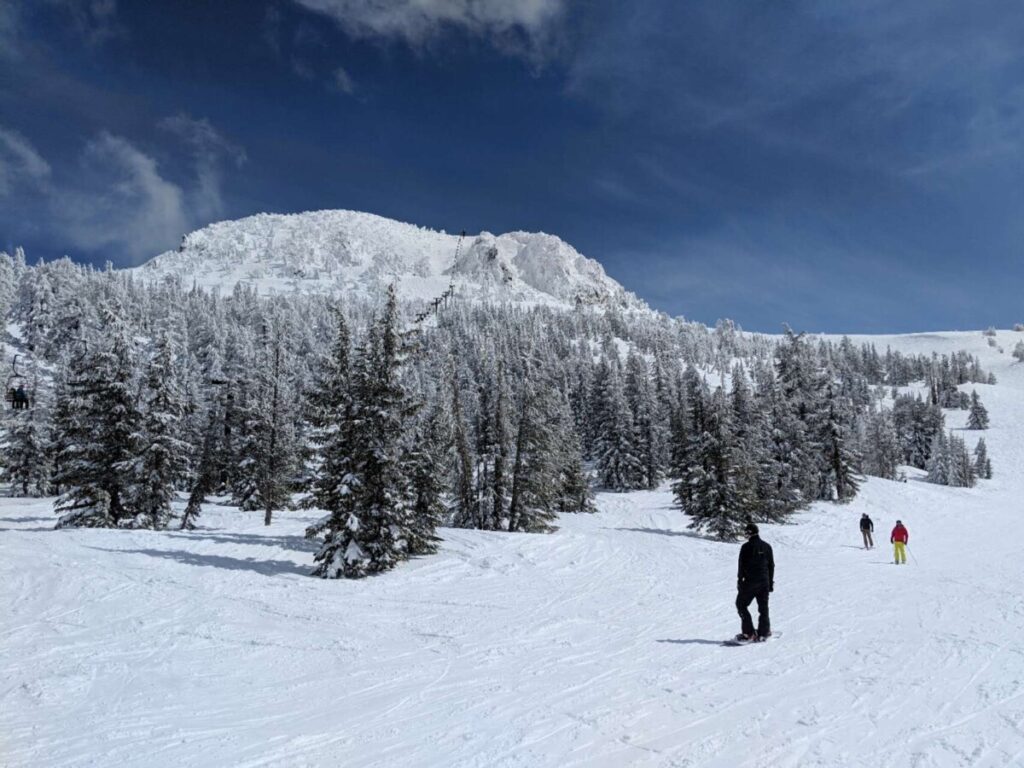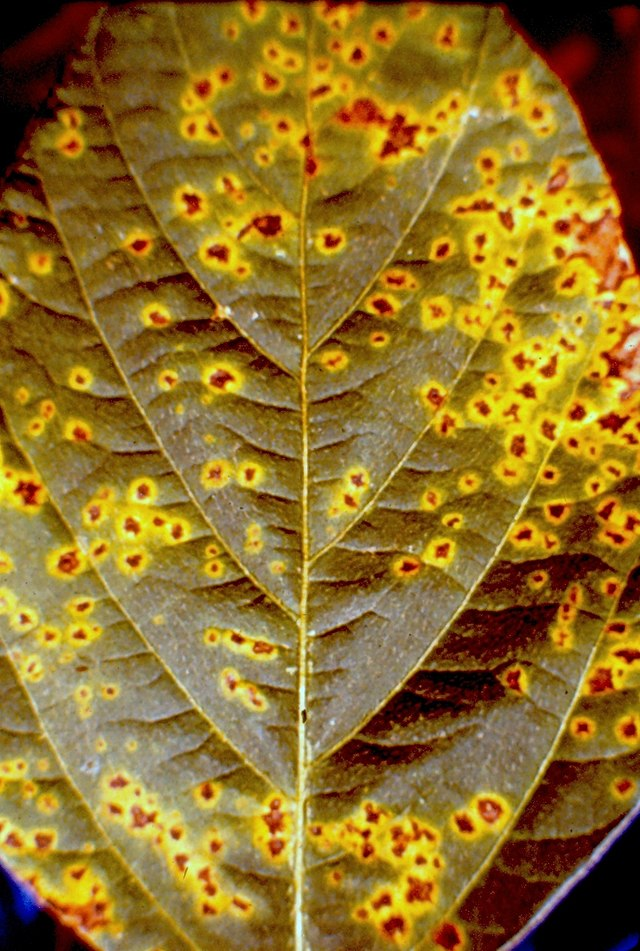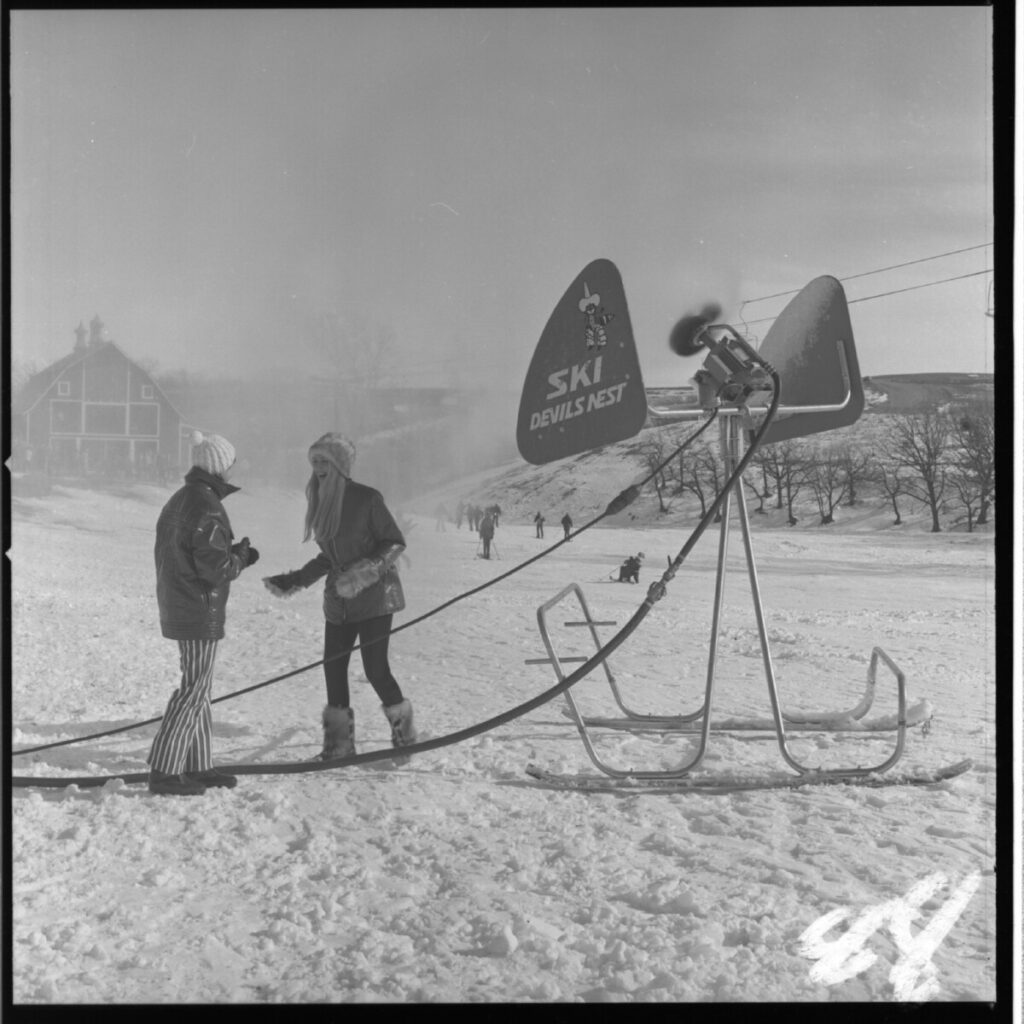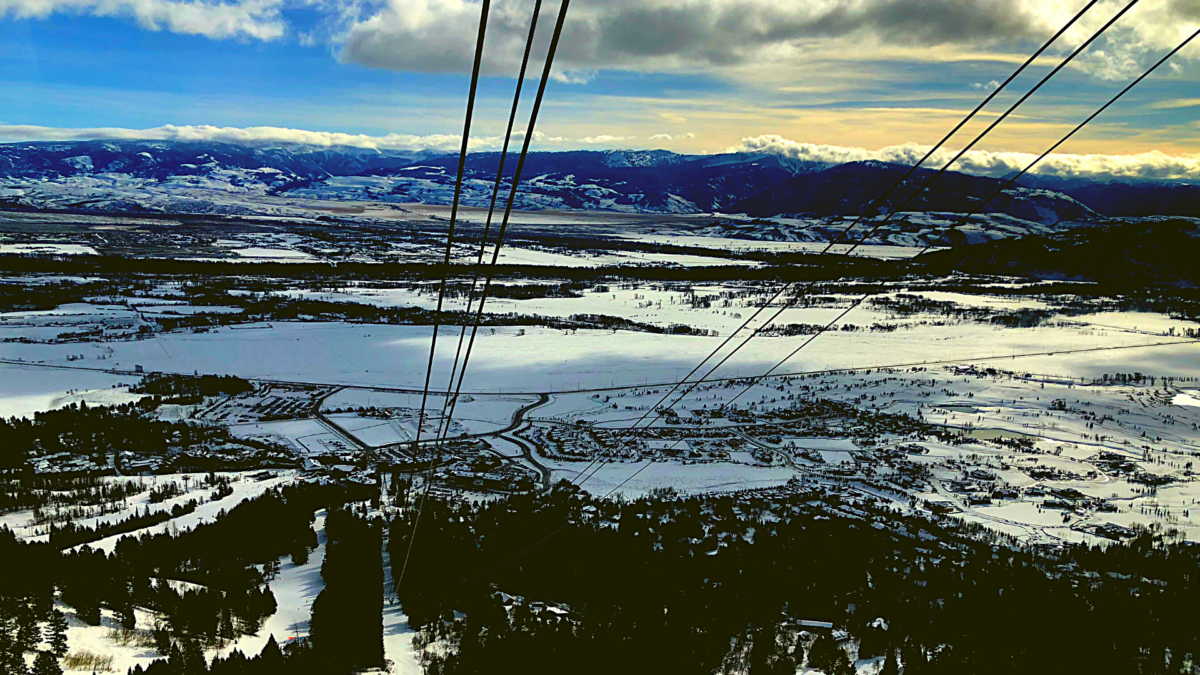Since the 1970s, the skiing industry has taken off as a popular tourist attraction. However, in the past fifty years, the popularity of skiing was not the only thing that had risen. According to the EPA, the average temperatures have increased by 0.55°F per decade since 1979. This rise in global temperature had melted snow packs, decreasing the average ski season to below 100 days in four out of fourteen American Northeast ski areas, as reported by Daniel Scott in 2008. Moreover, Andrew Evette created a model of the potential impact of a 2°C global temperature increase in the next century on snow cover. Following this temperature pattern, he suggested a 90% decrease in the volume of snow at 1000 meters, a 50% decrease at 2000 meters, and a 35% decrease at 3000 meters in the Alps. Despite the fact that the model was built using European geographic information, it still has reference values and serves as a warning sign for North American ski resorts. To maintain the status quo and counter the drastically shortened snow seasons, American ski resorts are now grasping onto snowmaking technologies as their last resort. This podcast investigates the environmental implications that snowmaking technologies have on the slopes, with a specific focus on their effect on the pistes’ soil’s health.



Bibliography
Delgado, Robin.“Impact of Ski Pistes on Soil Properties: A Case Study from a Mountainous Area in the Mediterranean Region.” Soil Use and Management 23, no. 3 (2007): 269–277.
Enrize. “Atmospheric Piano Logo.” EnvatoElements. https://elements.envato.com/atmospheric-piano-logo-L3JVTDJ
Enrize. “Gentle Piano Logo.” EnvatoElements. https://elements.envato.com/gentle-piano-logo-983Z4FP
Enrize. “Bright Piano Logo.” EnvatoElements. https://elements.envato.com/bright-piano-logo-KELSBTY
EPA. “Climate Change Indicators: U.S. and Global Temperature.” Environmental Protection Agency, July 2022. https://www.epa.gov/climate-indicators/climate-change-indicators-us-and-global-temperature#:~:text=Since%201901%2C%20the%20average%20surface,F%20per%20decade%20since%201979).
Evette, André. “Environmental Risks and Impacts of Mountain Reservoirs for Artificial Snow Production in a Context of Climate Change.” Revue de géographie alpine, no. 99-4 (2012).
Felton, Fred. “Environmental Impact of Ski Resorts.” Cheap Snow Gear, May 2007. https://www.cheapsnowgear.com/blogs/snow-news/environmental-impact-of-ski-resorts.
Křenová, Zdenka. “Does Artificial Snow Fertilise the Soil of Mountain Meadows in the Krkonose National Park?” European Journal of Environmental Sciences, Vol.10, No.1 (2020): 32. https://www.worldcat.org/title/8631986214
Jong, Carmen de. “Assessing Impacts of Climate Change, Ski Slope, Snow and Hydraulic Engineering on Slope Stability in Ski Resorts (French And Italian Alps)” Engineering Geology for Society and Territory Climate Change and Engineering Geology (2014): 51–55.
Jong, Carmen de. “Environmental Impacts of Artificial Snow and Snow Grooming on Ski Runs in the Alps and Black Forest.” Proceedings of the III International Symposium “Physics, Chemistry and Mechanics of Snow” (2017): 142–147.
National Ski Areas Association. “Snowmaking Resources.” National Ski Areas Association, https://www.nsaa.org/NSAA/Sustainability/Climate_Change/Snowmaking_climate/NSAA/Sustainability/Snowmaking_Resources.aspx?hkey=947bef7d-ca96-4ac1-ae9d-b7b74b8e6123.
Pickering, Catherine Marina. “Climate Response by the Ski Industry: The Shortcomings of Snowmaking for Australian Resorts.” AMBIO 39, no. 5-6 (2010): 430–438.
Rixen, Christian. “Does Artificial Snow Production Affect Soil and Vegetation of Ski Pistes? A Review.” Perspectives in Plant Ecology, Evolution and Systematics 5, no. 4 (2003): 219–230
Roux-Fouillet, Philippe. “Long-Term Impacts of Ski Piste Management on Alpine Vegetation and Soils.” Journal of Applied Ecology 48, no. 4 (2011): 906–915.
Scott, Daniel. “Climate Change Vulnerability of the US Northeast Winter Recreation– Tourism Sector.” Mitigation and Adaptation Strategies for Global Change 13, no. 5-6 (2007): 577–596.
Scotts. “Snow Mold: What It Is & How To Treat It.” Scotts, https://scotts.com/en-us/how-to/snow-mold-what-it-is-how-to-treat-it.html
Steenburgh, Jim. Secrets of the Greatest Snow on Earth: Weather, Climate Change, and Finding Deep Powder in Utah’s Wasatch Mountains and Around the World. Boulder, CO: Uni. Press of Colorado, 2014.

